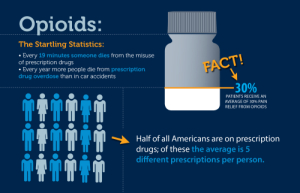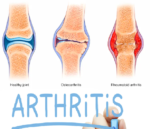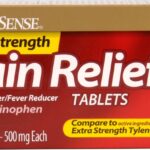Opioids are controversial narcotic drugs known for their powerful pain-relieving (analgesic) properties. The therapeutic benefits of opioids have been recognized for thousands of years, with the use of the opium poppy chronicled throughout human history.
Within the body, opioids work by binding to special receptors within the central and peripheral nervous systems and the gastrointestinal tract, where they block the perception of pain, decrease reaction to pain, and improve pain tolerance. In addition, certain opioids can be used to treat cough and diarrhea.
Prescription opioids can be used to treat moderate-to-severe pain and are often prescribed following surgery or injury, or for health conditions such as cancer. In recent years, there has been a dramatic increase in the acceptance and use of prescription opioids for the treatment of chronic, non-cancer pain, such as back pain or osteoarthritis, despite serious risks and the lack of evidence about their long-term effectiveness.
Conditions Related to Opioids
In spite of the risks of taking opioids, the properly managed, short-term medical use of these drugs is safe and rarely causes addiction. However, due to the dangers involved, opioids are not typically prescribed unless the provider feels the potential benefits outweigh the risks. In general, such indications include relief of pain from acute (short-term) conditions, surgeries and certain procedures. Opioids are not usually indicated for the management of chronic pain conditions, except in cases of palliative care (e.g., terminal cancers or degenerative diseases).
Conclusion

Although opioids produce beneficial effects in many patients, they elicit certain side effects. These may include sedation, respiratory depression, and constipation. Opioids may also produce euphoria, which motivates some people to use them recreationally. Unfortunately, tolerance and dependence can develop with prolonged opioid use, and abrupt discontinuation of opioids can cause an unpleasant withdrawal syndrome. Talk to your doctor about whether or not opioid medications can benefit your condition.
When the Prescription Becomes the Problem
- More than 191 million opioid prescriptions were dispensed to American patients in 2017—with wide variation across states.1
- There is a wide variation of opioid prescription rates across states. Health care providers in the highest prescribing state, Alabama, wrote almost three times as many of these prescriptions per person as those in the lowest prescribing state, Hawaii.1
- Studies suggest that regional variation in use of prescription opioids cannot be explained by the underlying health status of the population.2
- The most common drugs involved in prescription opioid overdose deaths include:
- Methadone
- Oxycodone (such as OxyContin®)
- Hydrocodone (such as Vicodin®)3
To reverse this epidemic, we need to improve the way we treat pain. We must prevent abuse, addiction, and overdose before they start.
Addiction and Overdose
Anyone who takes prescription opioids can become addicted to them. In fact, as many as one in four patients receiving long-term opioid therapy in a primary care setting struggles with opioid addiction.4,5,6 Once addicted, it can be hard to stop. In 2016, more than 11.5 million Americans reported misusing prescription opioids in the past year.1
Taking too many prescription opioids can stop a person’s breathing—leading to death.
Prescription opioid overdose deaths also often involve benzodiazepines. Benzodiazepines are central nervous system depressants used to sedate, induce sleep, prevent seizures, and relieve anxiety. Examples include alprazolam (Xanax®), diazepam (Valium®), and lorazepam (Ativan®). Avoid taking benzodiazepines while taking prescription opioids whenever possible.
Side Effects
In addition to the serious risks of addiction, abuse, and overdose, the use of prescription opioids can have a number of side effects, even when taken as directed:
- Tolerance—meaning you might need to take more of the medication for the same pain relief
- Physical dependence—meaning you have symptoms of withdrawal when the medication is stopped
- Increased sensitivity to pain
- Constipation
- Nausea, vomiting, and dry mouth
- Sleepiness and dizziness
- Confusion
- Depression
- Low levels of testosterone that can result in lower sex drive, energy, and strength
- Itching and sweating
Pain Medications, Pain Relief, and Pain Management







